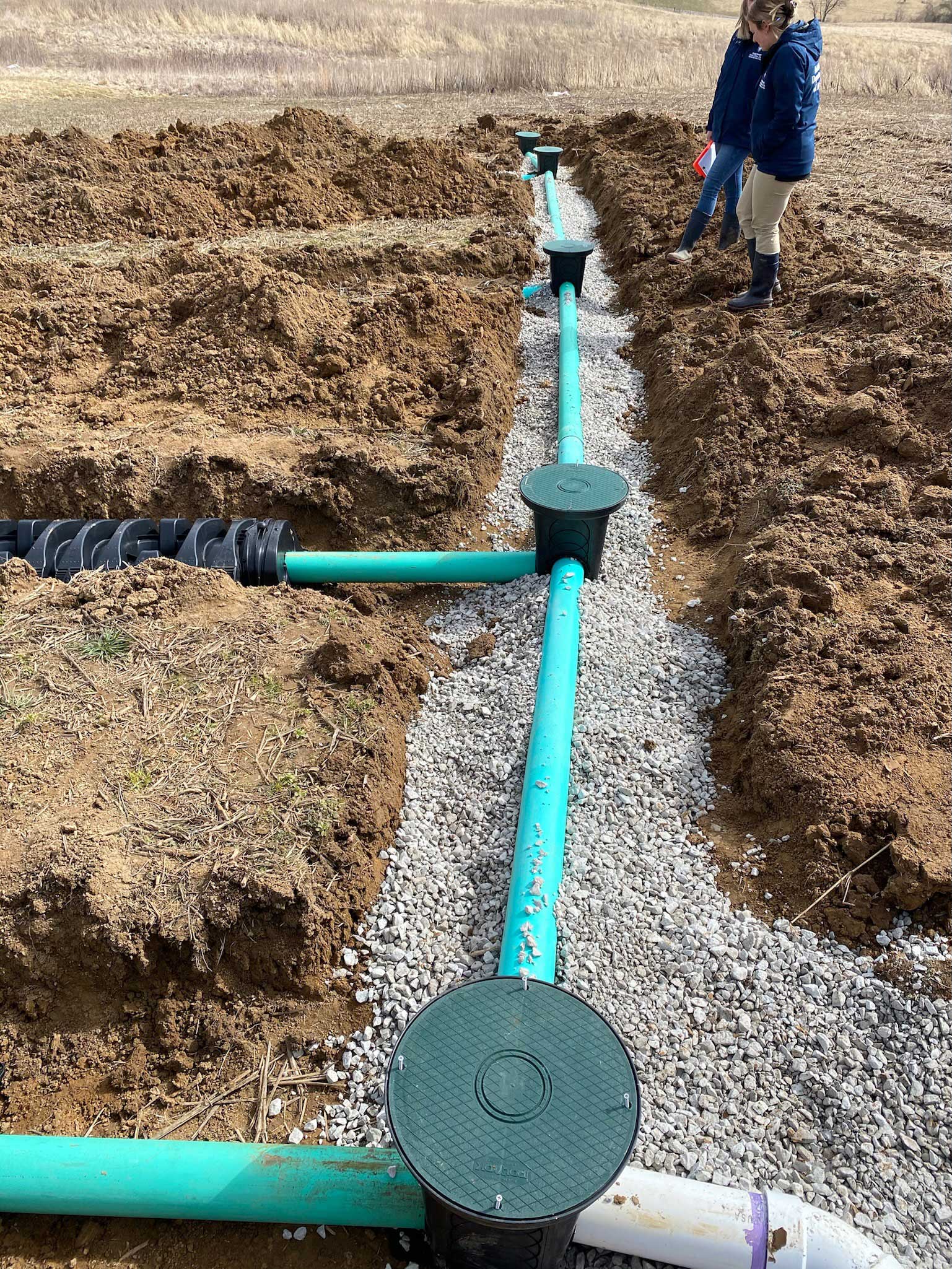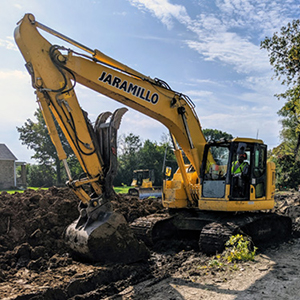Comprehensive Excavation Strategies: Grasping the Fundamentals for Success
In the world of construction and civil engineering, the importance of effective excavation techniques can not be overemphasized. The mindful planning, exact implementation, and precise attention to detail needed in excavation jobs require an extensive approach that incorporates different essential facets. From preliminary dirt analysis to the implementation of precaution and routine development monitoring, mastering these core elements is important for accomplishing success in any type of excavation undertaking. The real mastery lies not simply in comprehending these basics yet in flawlessly integrating them to navigate the complexities of excavation projects with finesse.
Understanding Excavation Project Planning

Successful excavation projects are improved the foundation of thorough and careful planning. The initial phase of any kind of excavation job is the planning stage, where crucial decisions are made that can significantly impact the end result of the job. During this phase, it is important to gather all appropriate info regarding the website, including topographical studies, soil make-up, and any kind of possible threats that might exist. Comprehending the task timeline, extent, and budget restrictions is vital for producing a thorough excavation strategy that guarantees the task's success.
One secret element of excavation job preparation is the growth of a detailed timeline that lays out the sequence of turning points, activities, and target dates. This timeline functions as a roadmap for the task group, enabling them to track progression and make essential adjustments to guarantee the project remains on schedule. In addition, a distinct spending plan that represents all expenditures, consisting of devices leasing, labor expenses, and products, is essential for staying clear of price overruns and hold-ups. By thoroughly considering all these elements during the planning phase, excavation jobs can be carried out effectively and efficiently, causing successful outcomes.
Dirt Analysis and Website Evaluation
Performing extensive dirt evaluation and site evaluation is a critical action in the preparation phase of any excavation task. Dirt analysis involves establishing the make-up, framework, and buildings of the dirt at the excavation site. This information is essential for comprehending the dirt's bearing ability, wetness web content, and possibility for disintegration, which are essential consider identifying the excavation approaches and devices needed for the job.
Website assessment goes past dirt evaluation and encompasses a more comprehensive evaluation of the overall site problems. This assessment includes determining any kind of possible risks, such as underground energies, environmental problems, or unpredictable terrain, that could affect the excavation procedure. By extensively examining the site, task supervisors can establish efficient excavation techniques that prioritize safety, efficiency, and environmental protection.
Utilizing sophisticated innovations like ground-penetrating radar, soil tasting, and drone surveys can improve the accuracy and performance of dirt evaluation and Discover More Here website assessment. Spending time and resources in these initial steps can inevitably conserve time and avoid costly delays or problems during the excavation procedure.
Equipment Selection and Usage
Efficient excavation tasks depend heavily on tactical equipment option and use to guarantee optimum efficiency and productivity. Picking the ideal equipment for the work is critical in taking full advantage of efficiency and decreasing downtime. Elements such as the sort of dirt, depth of excavation, and job scope play a substantial role in determining one of the most suitable devices for the job handy.

Along with selecting the proper devices, proper usage is essential to job success. Operators should be trained to take care of the devices safely and efficiently - septic ohio. Routine upkeep checks and timely repairs aid stop break downs and guarantee regular efficiency throughout the project
Safety Steps and Laws Conformity
In the world of excavation projects, prioritizing precaution and compliance with regulations is paramount to making certain a protected and lawfully sound operational environment. Precaution include a range of techniques, consisting of performing extensive site assessments, executing correct signage and obstacles, and giving appropriate safety and security training for all workers associated with the excavation process. Adherence to regulations, such as OSHA demands in the USA, ensures that the excavation task meets the needed criteria to safeguard employees, bystanders, and the surrounding setting.

Monitoring Development and Adjusting Techniques
How can predict supervisors effectively track the innovation of excavation jobs and adjust their techniques accordingly to maximize outcomes? Tracking development is vital for guaranteeing that excavation jobs remain on track and meet due dates. Task supervisors can utilize different devices and methods to track progress, such as day-to-day report card, regular site inspections, and progressed surveillance technologies like drones and general practitioners tracking systems. By constantly checking the project's development, supervisors can determine any prospective hold-ups or issues early on and take positive measures to address them.

Final Thought
To conclude, mastering the fundamentals of detailed excavation strategies is essential for the success of any type of job. By understanding project planning, assessing soil and website conditions, selecting ideal devices, following security regulations, and checking development, project supervisors can make sure a smooth and efficient excavation process. Applying these techniques will certainly cause successful results and reduce prospective risks or setbacks throughout the excavation task.
The preliminary stage of any excavation job is the planning stage, where vital choices are made that can considerably influence the outcome of the job. Comprehending the task spending plan, extent, and timeline restrictions is important for creating a thorough excavation plan that makes sure the project's success.
Just how can forecast supervisors successfully track the innovation of excavation tasks and adjust their techniques as necessary to maximize results? By very closely monitoring progress and being eager to adapt methods, task supervisors can enhance the overall success of excavation tasks.
By understanding project planning, examining dirt and site conditions, choosing proper devices, conforming Read Full Report with security policies, and checking progression, job supervisors can guarantee a smooth and effective excavation process.